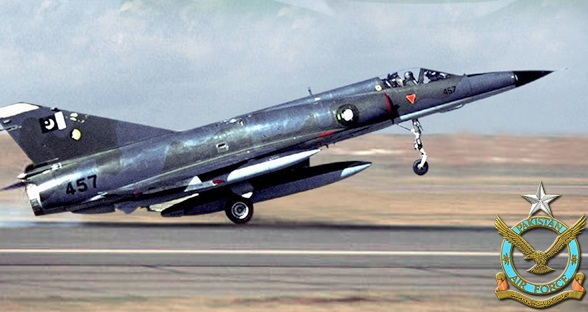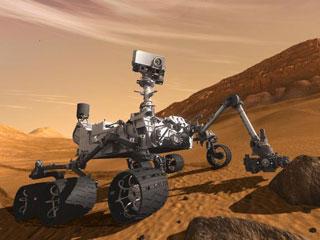
Scientists think the magnetic bubble around our sun may look more like the shortened one as seen in this image of the star BZ Cam (left), as opposed to the long one as seen around the star Mira (right). Image Credit: NASA/ Casalegno/ GALEX
WASHINGTON (PTI): The Sun's heliosphere is dominated by two giant jets of material shooting backwards over the north and south poles of the star, according to a new NASA-funded study.
As the Sun skims through the galaxy, it emits charged particles in a stream of plasma called the solar wind.
The solar wind, in turn, creates a bubble called the heliosphere that extends far beyond the planets of the Solar System.
For decades, scientists have visualised the heliosphere as shaped like a comet, with a very long tail extending some 464 billion miles, which is thousands of times as far as the distance from Earth to the Sun.
New research suggests that the heliosphere is actually dominated by two giant jets of material shooting backwards over the north and south poles of the Sun, which are confined by the interaction of the Sun's magnetic field with the interstellar magnetic field.
These curve around in two - relatively short - tails towards the back. The end result is a heliosphere without that long tail; a heliosphere that looks a lot more like a crescent moon than a comet.
The two jets are similar to other astrophysical jets seen in space, so studying them locally could open doors to understanding such jets throughout the Universe.
"Everyone's assumption has been that the shape of the heliosphere was moulded by the flow of interstellar material passing around it," said Merav Opher, an astronomer at Boston University, who is lead author of the research paper published in the Astrophysical Journal Letters.
"Scientists thought the solar wind flowing down the tail could easily pull the magnetic fields in the heliosphere along as it flowed by, creating this long tail. But it turns out the magnetic fields are strong enough to resist that pull - so instead they squeeze the solar wind and create these two jets," said Opher.
Opher and her colleagues found the jets and determined the new shape when they adjusted simulations of the heliosphere based on observations collected from NASA's Voyager 1 spacecraft, which recently moved outside of the heliosphere into interstellar space.
"We noticed, while studying the draping of the galaxy's magnetic field around the nose, that the heliosphere was much shorter than we anticipated," Opher said.
Instead of being dominated solely by the flow of the interstellar material to create a long tail, the shape of the heliosphere is also affected by the solar wind jets emanating from the Sun, space scientist Jim Drake at the University of Maryland in College Park, said.
"If there were no interstellar flow, then the magnetic fields around the Sun would shape the solar wind into two jets pointing straight north and south," said Drake.
 Previous Article
Previous Article Next Article
Next Article













The Indian Air Force, in its flight trials evaluation report submitted before the Defence Ministry l..
view articleAn insight into the Medium Multi-Role Combat Aircraft competition...
view articleSky enthusiasts can now spot the International Space Station (ISS) commanded by Indian-American astr..
view article